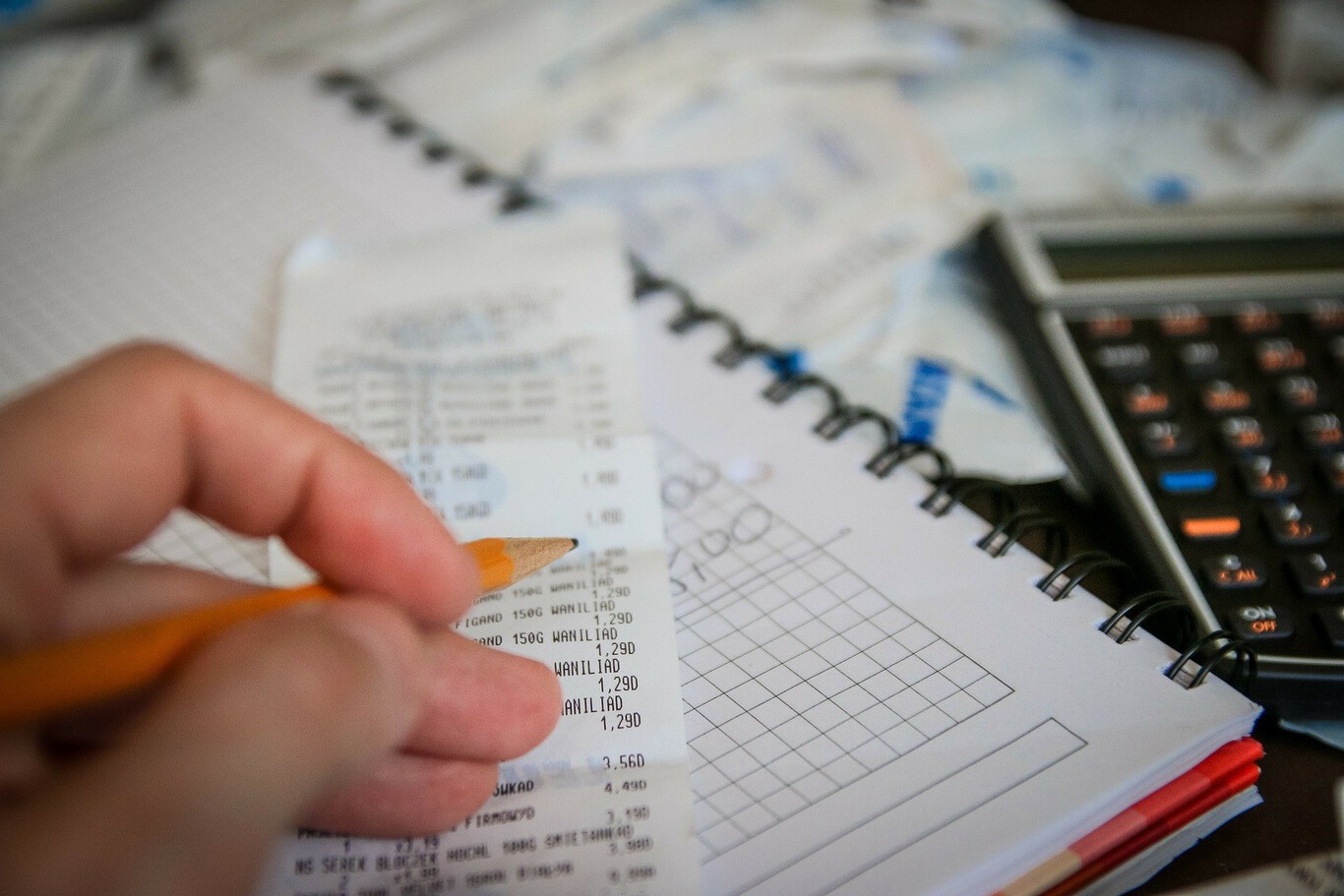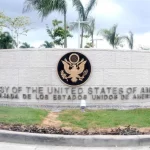Inflation opens the door to a period of austerity in the Dominican Republic

Cutting the budget and current expenses will be vital to face the rise in inflation, which started this year at 8.5%, even though the Dominican Republic reported economic growth of more than 12%.
Another fundamental measure is to reduce public investment in some sectors. However, that would strongly affect economic growth, says Rafael Espinal, coordinator of the Economics career at the Technological Institute of Santo Domingo (INTEC).
“There is a mismatch in public finances, an increase in spending, the electricity subsidy is skyrocketing as well as the subsidy that the government grants to the cost of fuel, in the face of that the authorities have very little flexibility,” says the professor.
The increase in the monetary policy interest rate above the level before the pandemic was the first measure implemented by the Central Bank of the Dominican Republic (BCRD) to face the increase in inflation.
“The rise was expected to be short-term, but projections indicate that it will last until the first half of this year,” says the academic about a situation that is already causing the increase in food prices that make up the family basket. , construction materials, and other goods and services.
For its part, the Dominican Association of Multiple Banks (ABA) points out that a significant proportion of debtors from productive sectors, among those small and medium-sized companies, will not suffer as much from the increase in interest rates since many are covered by monetary stimuli arranged as a result of the pandemic.
After the health crisis broke out in 2020, the government made it easier to grant loans at fixed rates of 8% until July 2023. “This will allow us, as a country, to overcome the transition to a path of sustained growth with adequate levels of inflation without major traumas,” says the ABA.
Inflation is associated with higher prices for oil and other critical raw materials for local production and the increase in the global cost of container transport, and other disruptions in supply chains, according to the BCRD.
The price of a barrel of Texas intermediate oil (WTI) has gone from an average of 71 dollars in December 2021 to cost an average of 83 dollars in January 2022.
Meanwhile, the Economic Commission for Latin America and the Caribbean (ECLAC) highlights that increasing collection levels and improving the tax structure are crucial to providing fiscal sustainability to a growing trajectory of spending demands.
The Latin American and Caribbean region will slow down its growth rate in 2022 to 2.1%, after growing 6.2% on average last year, ECLAC warns in its annual Preliminary Balance of Economies 2021 report.


















50 percent of population live day to day everyday.Getting a good meal is their daily austerity.